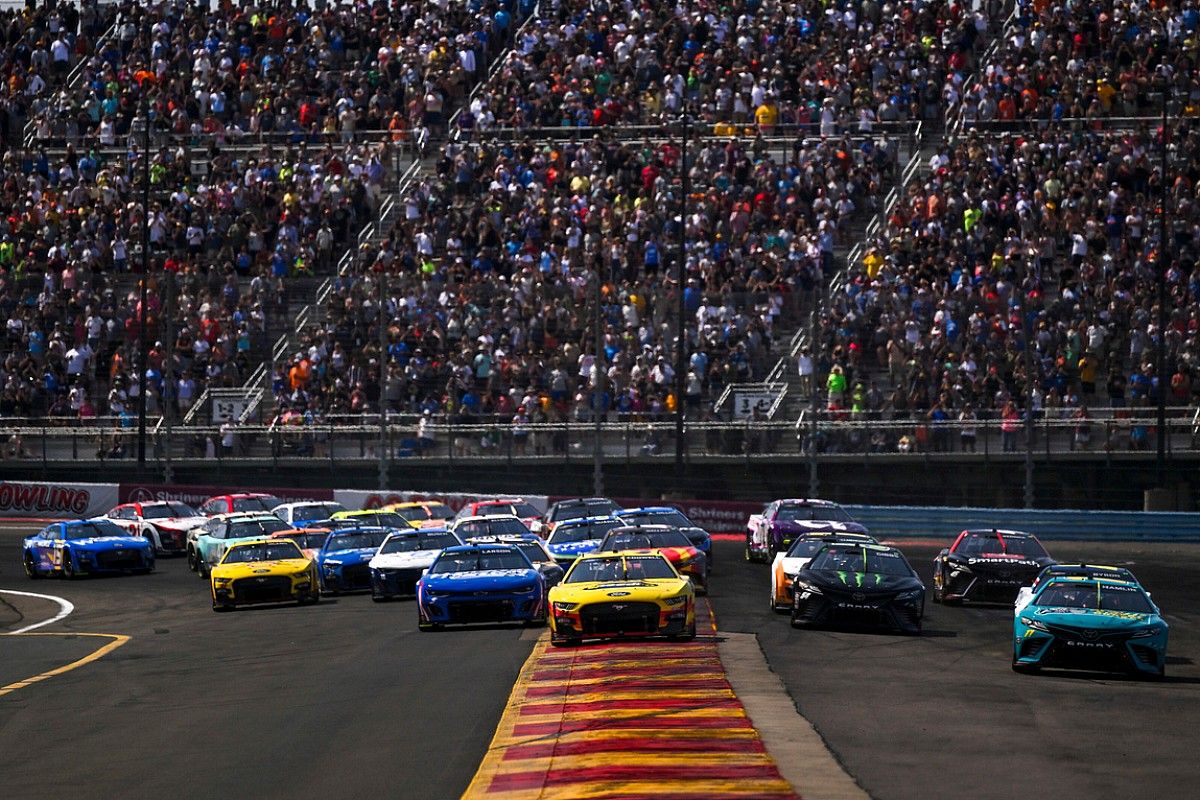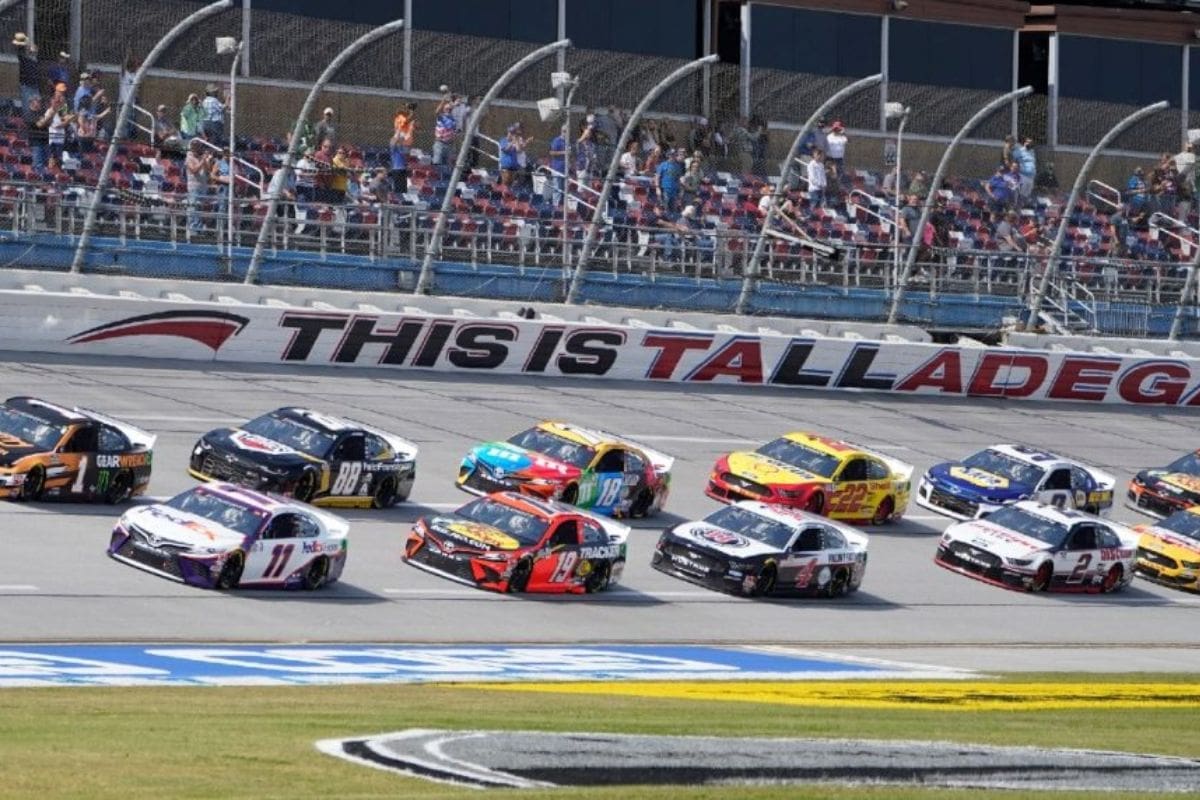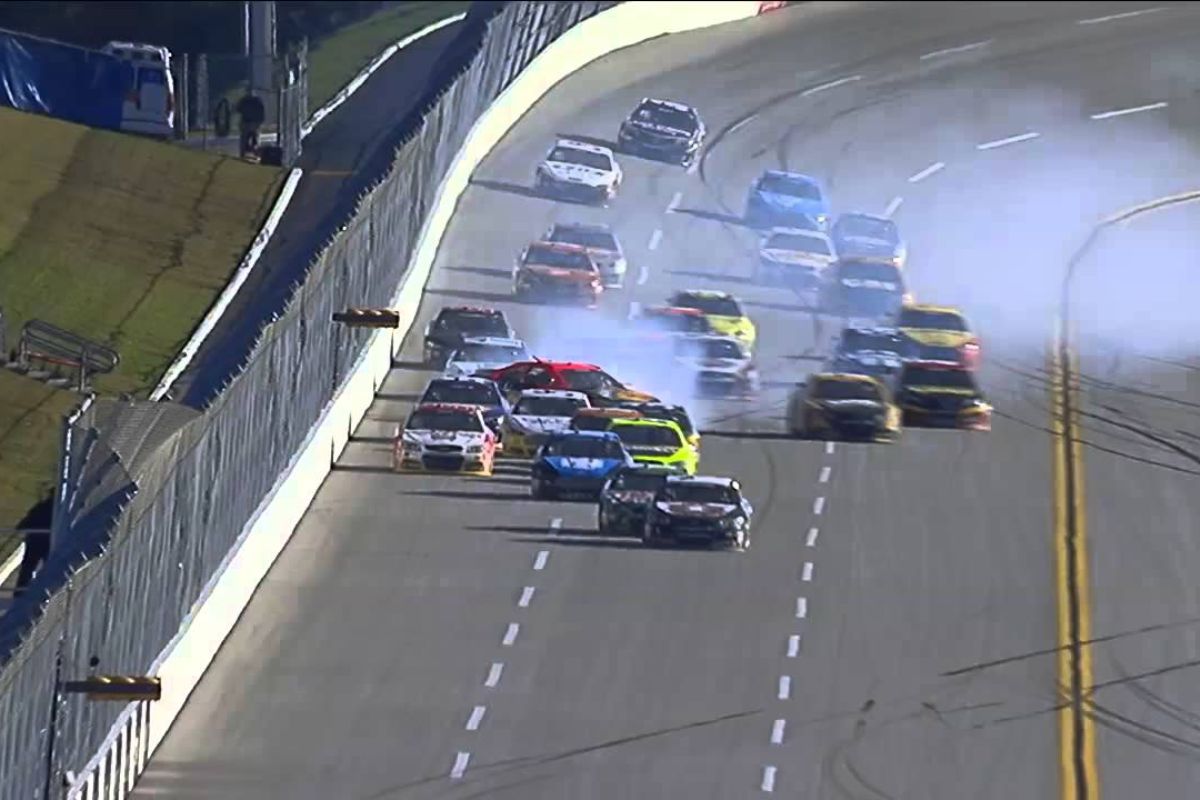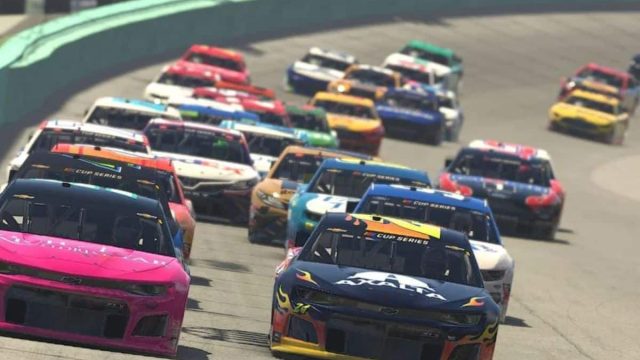NASCAR’s Billion-Dollar TV Deal: NASCAR’s recent billion-dollar TV deal, involving FOX, NBC, TNT, and Amazon Prime Video, signifies a notable pivot in how sports broadcasting is evolving in response to modern viewing habits. While this agreement aims to broaden NASCAR’s reach by incorporating streaming services, it also raises questions about the implications for dedicated fans. With traditional networks airing fewer races and streaming platforms taking a larger share, the cost and complexity of accessing full content may become a point of debate. How will this strategic shift balance growth and accessibility, and what does it mean for the future of sports broadcasting?
Key Highlights
- NASCAR’s new TV deal includes FOX, NBC, TNT, and Amazon Prime Video, integrating traditional and streaming platforms.
- Fans may need multiple subscriptions, potentially exceeding $100 monthly, to access comprehensive NASCAR coverage.
- NBC retains exclusive rights for playoff and finale events, while TNT and Amazon Prime Video stream five races each.
- The shift to streaming aims to attract tech-savvy viewers but risks alienating traditional fans.
- NASCAR’s strategic inclusion of Amazon Prime Video mirrors the NBA’s successful approach to expanding global visibility and revenue.
NASCAR’s TV Ratings Decline
NASCAR’s TV ratings decline over the past decade, exacerbated by the shift towards streaming services and growing fan dissatisfaction, has posed significant challenges for the sport’s traditional broadcasting model. The landscape of sports viewership has been dramatically altered by the onset of cord-cutting, leading many fans to forsake conventional cable TV in favor of more flexible, on-demand streaming options. This migration has not only fragmented the audience but has also created a dichotomy between the older, traditional viewership and the younger, tech-savvy demographic who mainly consume content online.
Moreover, a segment of NASCAR’s fanbase has voiced concerns over the perceived decline in the quality and excitement of modern NASCAR racing. Factors such as changes in race formats, advancements in car technology, and alterations in track configurations have contributed to this sentiment, further impacting viewership numbers. These dynamics highlight a broader trend within sports entertainment, where the struggle to retain traditional audiences while simultaneously capturing new ones is increasingly evident.

NASCAR’s predicament is indicative of a wider industry challenge: adapting to an evolving media consumption environment without alienating its core audience. The decline in TV ratings serves as a stark indicator that the sport must innovate and adapt to maintain relevance in an era defined by rapid technological change and shifting consumer preferences. This strategic shift is vital for sustaining the sport’s growth and ensuring its long-term viability in a competitive entertainment landscape.
Comparison with NBA’s TV Deal
In contrast to the challenges encountered by NASCAR in adapting to the evolving media landscape, the NBA has achieved a remarkable feat with its monumental $76 billion TV deal with NBC, ESPN, and Amazon, solidifying its dominance in the sports broadcasting ecosystem. This 11-year agreement is not just a financial windfall but a confirmation of the NBA’s strategic skill in navigating and capitalizing on current media trends.
The NBA is nearing an 11-year, $76 billion media revenue deal with ESPN, NBC and Amazon, per @WSJ.
ESPN: $2.6B/year
NBC: $2.5B/year
Amazon: $1.8B/yearThat means TNT is out after next season. 😓 pic.twitter.com/JKrh8IBui6
— Yahoo Sports (@YahooSports) June 5, 2024
The NBA’s latest agreement dwarfs NASCAR’s efforts, highlighting the stark difference in their market positions. The inclusion of Amazon Prime Video, a streaming giant, emphasizes the NBA’s forward-thinking approach to media consumption. By integrating traditional broadcasting with cutting-edge streaming technology, the NBA ensures its content reaches a diverse, tech-savvy audience that demands flexibility and accessibility in viewing options.
This deal is indicative of the shifting dynamics in the sports media landscape, where streaming services are becoming indispensable. The NBA has not only embraced this shift but has leveraged it to secure a deal that enhances its global visibility and optimizes revenue. This strategic move places the NBA at the forefront of the sports media revolution, ensuring sustained growth and engagement.
For NASCAR, this comparison highlights the urgent need to innovate and adapt. While NASCAR’s deal is significant, it pales in comparison to the NBA’s success. The NBA’s ability to attract substantial bids from both traditional and digital platforms serves as a blueprint for other leagues aiming to thrive in an increasingly digital era.
Details of NASCAR’s TV Deal
The newly minted TV deal for 38 Cup Series races will see an elaborate distribution of broadcasting rights among FOX, NBC, TNT, and Amazon Prime Video, reflecting a strategic shift towards diversified media platforms. In a significant departure from previous agreements, the new deal reduces the number of races each broadcaster will cover, aiming to exploit the strengths of both traditional and modern streaming media to optimize reach and engagement.
FOX and NBC, stalwarts in NASCAR broadcasting, will continue to anchor the majority of the season. However, the number of races each network will air has been scaled back. NBC will hold exclusive rights to the high-stakes playoff and finale events, ensuring that these critical moments reach the widest possible audience through a trusted platform.

Notably, the inclusion of TNT and Amazon Prime Video marks a bold acceptance of streaming services, each securing five races. This diversification allows NASCAR to tap into different viewer demographics and consumption habits, enhancing accessibility and viewership.
- FOX and NBC will air a reduced number of races compared to previous deals.
- NBC retains exclusive coverage of the playoffs and finale events.
- TNT and Amazon Prime Video will stream five races each, broadening audience reach.
Furthermore, broadcasters will have exclusive rights to practice and qualifying sessions, with Prime Video mainly overseeing these sessions, except for select events.
Impact on Fans
While the new TV deal promises broader exposure and a potential influx of new viewers, it simultaneously imposes financial and logistical challenges on dedicated NASCAR fans. The shift towards streaming platforms necessitates multiple subscriptions to access the full spectrum of NASCAR content, including practice and qualifying sessions. This fragmented accessibility means that fans may need to subscribe to several services, each with its own fee structure, to stay fully engaged with the sport they love.
The cost of these subscriptions is a significant concern. Fans could find themselves spending upwards of $100 per month to access all races, practice sessions, and qualifying events. This escalation in expenses brings into question the affordability of following NASCAR in the streaming era. For many devoted fans, this financial burden could be prohibitive, potentially alienating a segment of the audience that has been the lifeblood of the sport.
Accessibility is another critical issue. The requirement of dealing with different streaming platforms can be challenging, especially for older fans or those less tech-savvy. This complexity could lead to a fragmented viewing experience, detracting from the seamless accessibility that traditional broadcasting provided.
While the financial increase from the TV deal is undeniably beneficial for NASCAR, it is important to take into account the broader implications for the fanbase. The sport’s governing body must balance the allure of new revenue streams with the need to maintain accessibility and affordability for its most loyal supporters. Ensuring that the shift to streaming does not disenfranchise dedicated fans will be essential for sustaining NASCAR’s long-term popularity and growth.

News in Brief: NASCAR’s Billion-Dollar TV Deal
The billion-dollar TV deal represents NASCAR’s strategic adaptation to evolving media consumption trends, balancing traditional broadcasting with an increased reliance on streaming platforms.
This shift, while potentially revitalizing audience engagement, introduces complexities related to cost and accessibility for fans.
The success of this new broadcasting model will hinge on NASCAR’s ability to seamlessly integrate different platforms and maintain viewer loyalty amidst a fragmented media landscape.
Ultimately, this development signifies a crucial moment in NASCAR’s quest for sustained relevance and growth.
ALSO READ: Dale Jr Ditches NBC for Amazon, Warner Bros. TV Deal
